Interview with Praveena Shivram, Author of “Karuppu”
In a mythic underworld, non‑binary Sigappan and fierce Yamadoot Karuppu reshape power, identity, and belonging through dreams, memory, and defiance.on Jun 09, 2025
.jpg)
Frontlist: In Karuppu, Sigappan, an intersex character, grows up in the underworld—how did you approach writing a non-binary identity within a mythological space, especially for readers exploring their own gender identities during Pride Month?
Praveena: Characters in the realm of fiction often feel like liberating forces. As a writer, when you surrender to the politics of a character, you also begin to dissolve the politics of your reality. For me, Sigappi was an organic part of the world of Karuppu — a response to the demands of that universe. I believe characters help us navigate our own identities in subtle ways through this process of unraveling and discovery. That’s why I often say we don’t create characters so much as we stumble upon them. They emerge, waiting to be uncovered — much like our own sense of identity and belonging. We don’t invent it; we find it and slowly grow into it.
Frontlist: The character Karuppu is the only female Yamadoot—how does her presence reshape power dynamics in a world built on patriarchy and divine order?
Praveena: Karuppu’s presence in the all-male world of the Yamadoots was essential to bring a sense of balance. Karuppu is not a reflection of our patriarchal world or our perception of divine order, as you put it, but rather represents a space where everyone matters — where people of all genders contribute to the shaping of relationships, the making of decisions, the experiencing of love, and the subtle or overt use of power that exists between individuals. This is evident in the dynamics between Yama and Yami, between Karuppu and Yami, between Sigappi and Karuppu, and so on. By taking matters into her own hands — not as a reaction to patriarchy or divine command, but from deeply human instincts of love, devotion, loyalty, hope, and freedom — Karuppu becomes central to the continual breaking and rebuilding of that world.
Frontlist: Your story resists the conventional 'retelling' of myths. What motivated you to rebuild mythology instead of simply modernizing it—and how does this connect with the Pride Month theme of reimagining identity and history?
Praveena: This was, again, surrendering to the character(s) and the stories they wanted to tell. I was clear I did not want to retell mythology because then I would not be doing justice to the voices that needed to be heard and would once again subscribe to stories already categorized into boxes. A retelling would mean simply transferring that story from one box to another, and that is not what Karuppu demanded. Reimagining as a process places the onus of responsibility on us, the individuals. It asks us to reflect and introspect so we can arrive at an identity that is truly our own. Identity is not a rigid construct that conforms to life but a living, breathing entity that redefines life. Who better to teach us that than characters who invite us into their stories?
Frontlist: Themes of death, dreams, and memory are deeply symbolic in Karuppu. What do they mean for those, like the LGBTQIA+ community, who often face erasure or invisibility?
Praveena: I think the symbolism comes from years of grappling with death, dreams, and memory – each a mini-universe of death in and of itself. For me, writing itself is a process of erasure and invisibility, a constant realignment with who I am, and a continuous balancing of the noise and clutter of the world crowding into my mind, telling me who I am. Karuppu inhabits this space between the polarities of world chatter and inner quiet. In this world of performance and social media documentation, I look forward to a sense of erasure and invisibility, if only to truly discover my sense of self by constantly dying into it, remembering it, dreaming it, and forgetting it all once again.
Frontlist: You bring alive liminal spaces—the underworld, gender, memory, and mythology. How important was it for you to show that identity itself exists and thrives in the in-between?
Praveena: It was essential because I do believe that is the truth. The in-between spaces are where the magic happens. When we allow ourselves to stay fluid, we can move through structures more easily. The forms we take also change as we grow, and a sense of fluidity will enable us to reinvent ourselves continually. We are never just one thing but an incredible amalgamation of diverse colors.
Frontlist: What parallels do you see between the chaos in Karuppu's world and the real-life chaos of those who are still finding and fighting for their identities today?
Praveena: In retrospect, there are many parallels. Chaos and order are both essential for life to thrive—for us to confront both our inner darkness and goodness. In Karuppu, characters are both demonized and humanized, and that isn't far from the real world. We witness oppression all around us; war, death, and destruction are now live-streamed on our phones. It's a dystopia one couldn't have imagined. Yet, history shows us that there are always people who resist this oppression in their ways. Even though Karuppu is ironically set in the world of the dead, it reminds us that only through life can we honestly face the chaos of the world—and only by actively engaging with it can we discover and fight for our identities.
Frontlist: How do you view your role as a storyteller in shaping a narrative that not only includes queer and non-binary voices but centers them in myth and power?
Praveena: As a storyteller and writer, my primary responsibility is to the characters who reveal themselves to me. I do not take that lightly, and I put in the necessary work afterward. With Sigappi, I undertook extensive research—not to create the character, but to understand her more deeply. I believe that holds in life as well. When you encounter someone different from you, you make the effort to learn about their world. That effort allows you to enter the relationship with honesty and authenticity. As writers, we carry an ethical and moral responsibility, and I strive to earn and uphold the trust between the author and the character. I feel deeply honored and humbled that Sigappi and Karuppu chose me to tell their story.
Frontlist: If you could gift Karuppu to one young person struggling with identity and belonging this Pride Month, what part or passage from the book would you want them to hold onto—and why?
Praveena: The passage that instantly comes to mind is the scene towards the end when Sigappi learns the truth about her role in fulfilling the prophecy. She is in the forest with Karuppu, and there’s this moment when Sigappi draws a circle of leaves around herself—like marking her boundary—and then takes each leaf and puts it into her mouth. I think that incredibly vulnerable moment radiates a strength I found both comforting and tragic. That scene is especially close to my heart because it perfectly captures the duality of grappling with identity—the deep longing to belong and fit in, and the realization that, ultimately, it’s up to us to choose how we belong and fit.


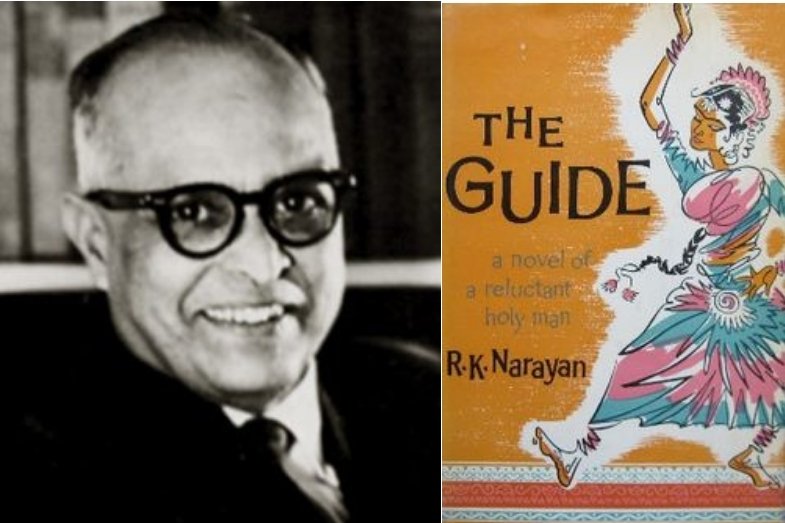
.jpg)



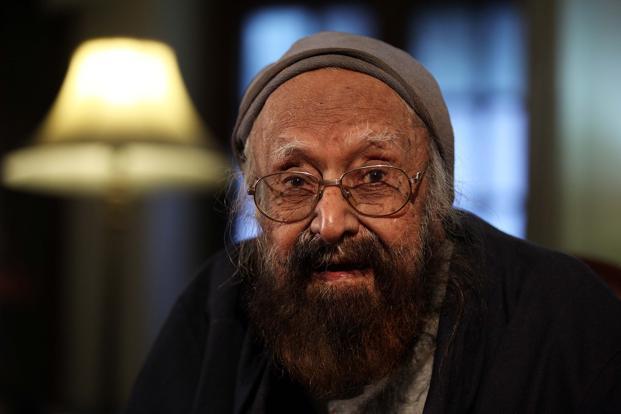


.jpg)

.jpg)
.jpg)
.jpg)
.jpg)
.jpg)
.jpg)
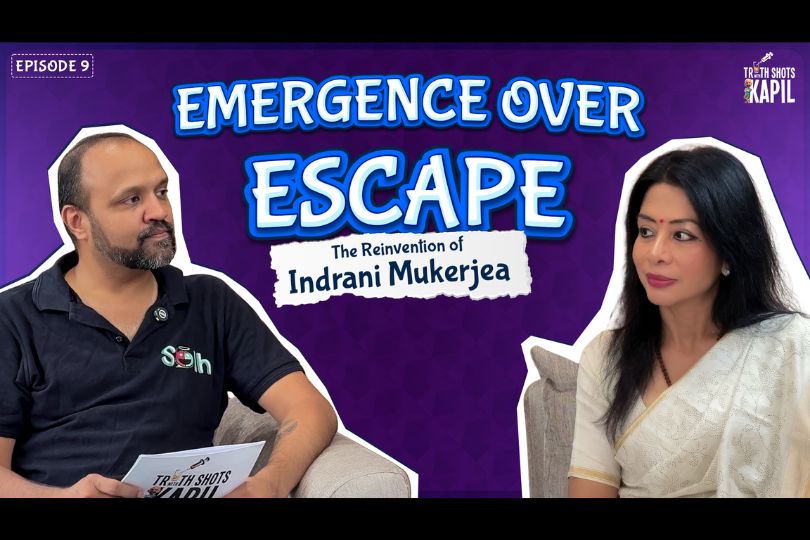
.jpg)

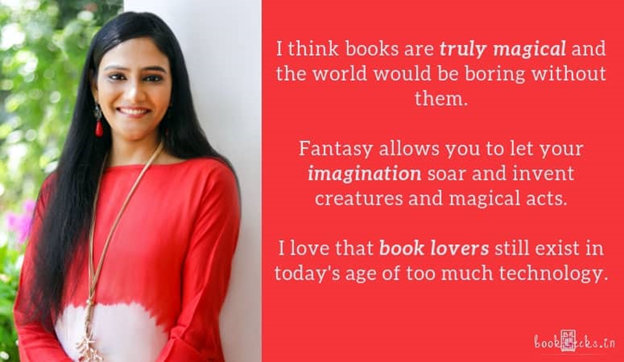
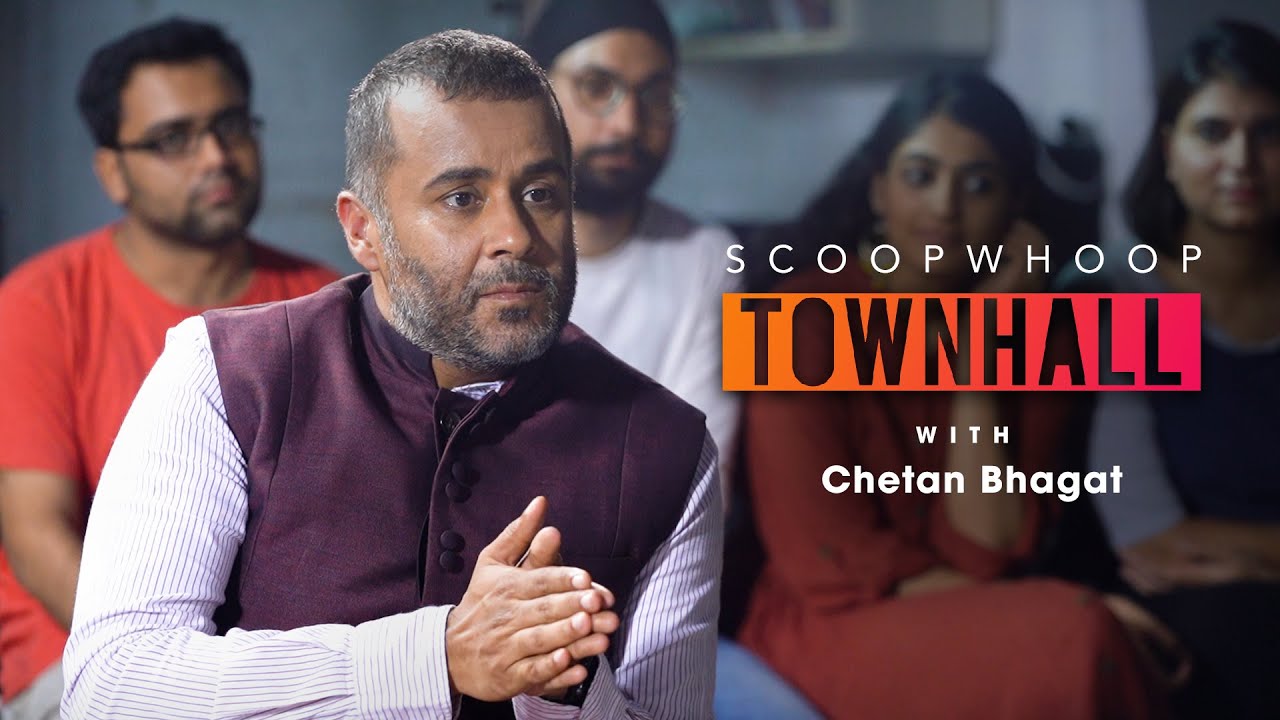
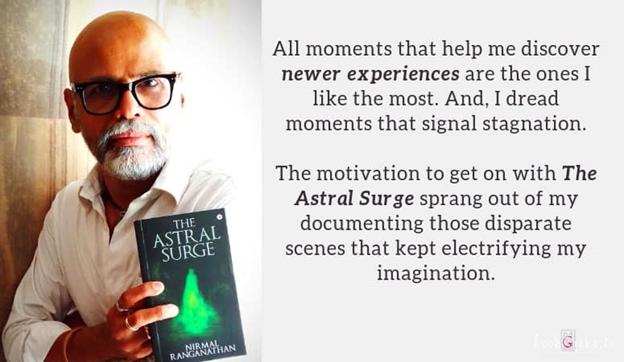
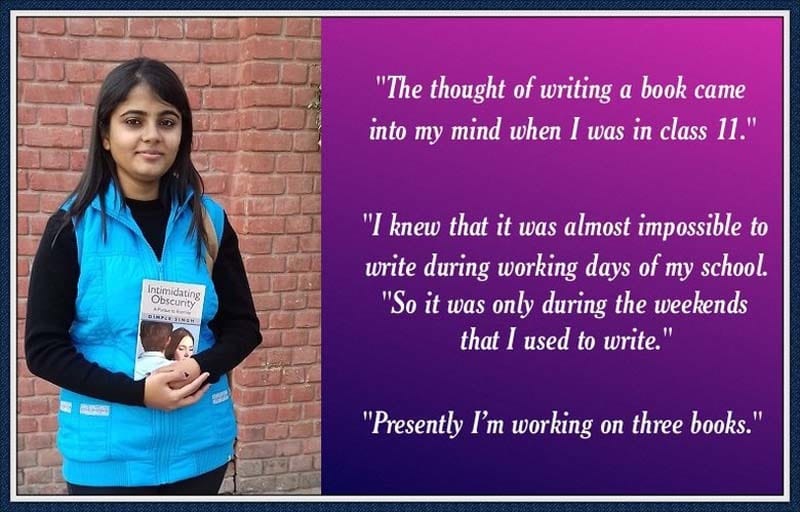
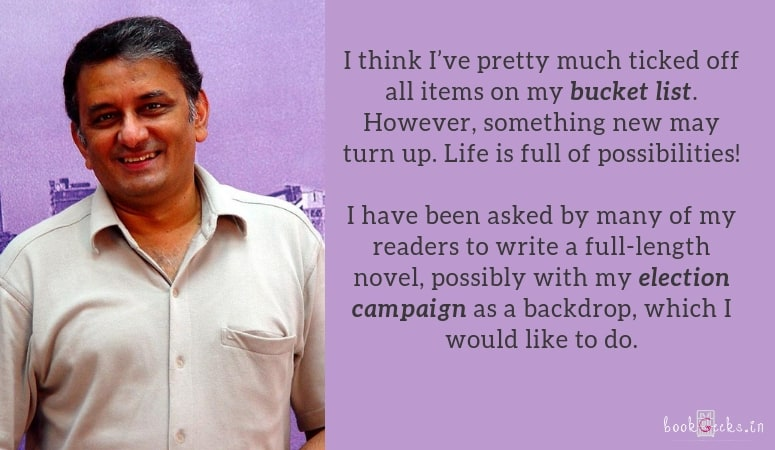

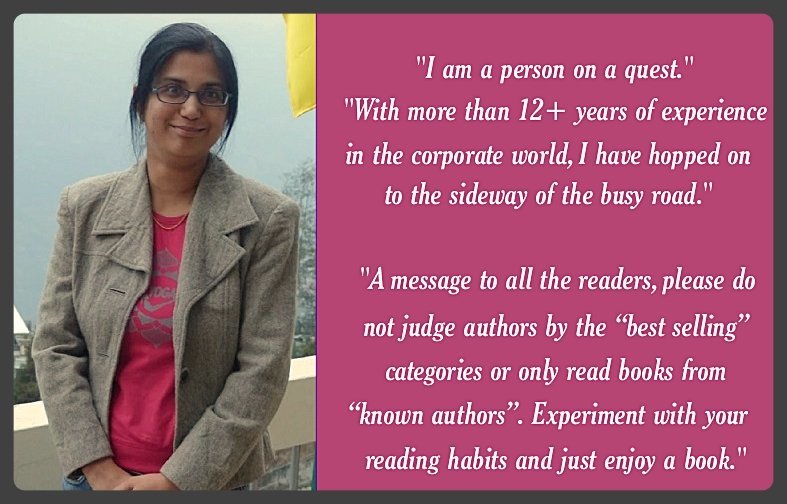


Sorry! No comment found for this post.